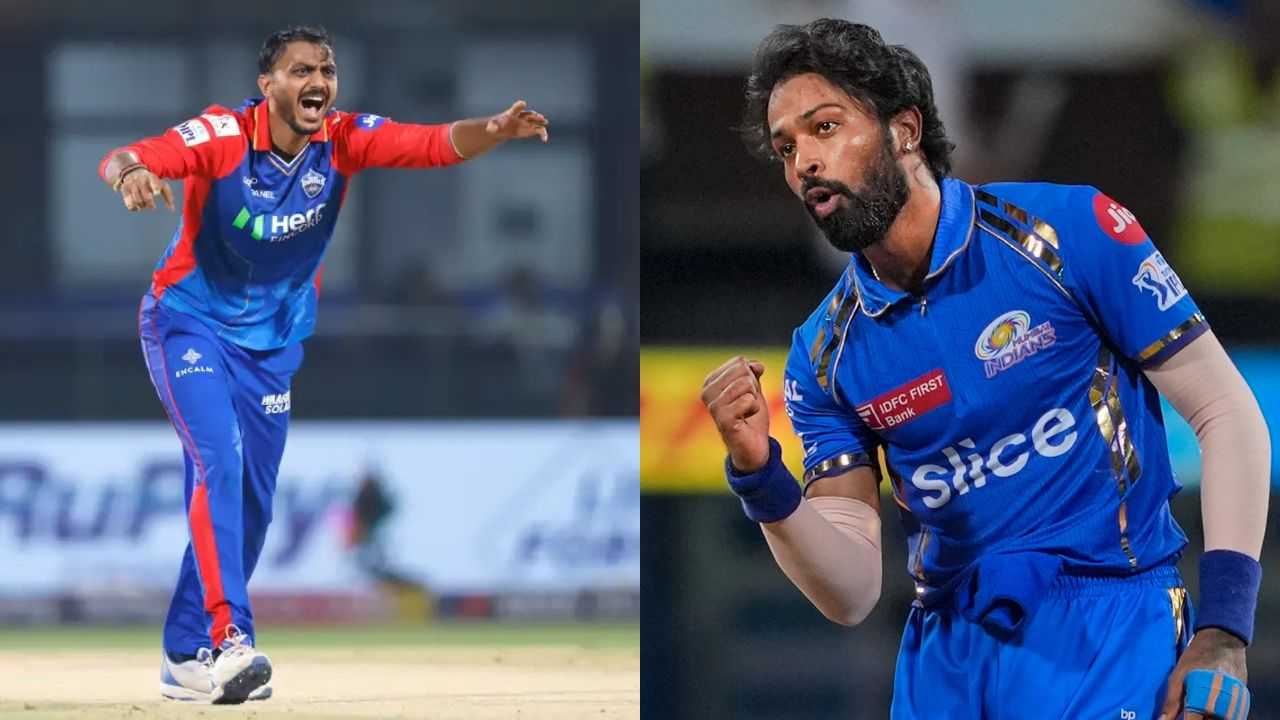Investing in mutual funds can be a smart way to grow your wealth, but it’s not without its risks. Understanding and managing these risks is crucial for every investor. While the potential returns can be substantial, it’s essential to be aware of the factors that can impact your investment.
Key Risk Factors in Mutual Fund Investments
Market Risk: This is the most common risk, and this originates from market fluctuations. Economic decline, political instability, or any type of challenge in an industry can lead to extreme devaluation of your investments. Interest Rate Risk: When interest rates change, this changes the value of the fixed income held in a mutual fund. The increased interest rates can affect the price of bonds, which also have an opposite effect.
Currency Risk
When a fund invests in international securities, the overall performance might be affected by fluctuations in the exchange rates. A rupee that has weakened in terms of foreign currencies erodes returns. Credit Risk: This is mainly debt fund-related. It occurs when the issuer of a debt security fails to make payments, such as companies or governments.
Liquidity Risk
Liquidity is the ease with which an investment can be converted into cash. Some mutual funds, especially those investing in less liquid assets, may face challenges in selling their holdings quickly, which may impact your ability to redeem your investment.
Manager Risk: A mutual fund’s performance depends significantly on the fund manager’s skill and decision-making capabilities. Returns can be adversely affected if the investment strategy is not so good or if the fund manager changes

Measuring and Managing Mutual Fund Risk
To measure the risk of a specific mutual fund, the following metrics can be considered: Beta: This calculates the volatility of a fund’s return compared to its benchmark index. A higher beta means higher volatility. Standard Deviation: This calculates the spread of a fund’s return from its mean.
A higher standard deviation implies greater risk. Sharpe Ratio: This is the ratio that measures a fund’s risk-adjusted performance. A higher Sharpe ratio implies better returns for the given risk. By understanding these risk factors and using proper risk management strategies, investors can make decisions that help them avoid possible losses. It is always wise to consult a financial advisor so that you can tailor an investment portfolio according to your risk tolerance and financial goals.
Remember, although risk is involved in every investment, a diversified portfolio and a long-term investment horizon can help you ride through market volatility and meet your financial objectives.
Read More :-
SBI Life Smart Platina Supreme A Comprehensive Guide
Cracking the Code: Your Guide to Getting an Ayushman Bharat Card in 2024
From Zero to ₹2 Lakh in 40 Days: A Proven Business Model
Rajasthan Gopal Credit Card Scheme A Boon for Cattle Rearers























